GenAI (generative artificial intelligence) is revolutionizing marketing. According to HubSpot's The State of Marketing Report:
94% of marketers say personalization boosts sales.
72% of marketers use AI for personalization.
Marketers who use AI save an average of 2.5 hours per day.

So how can you use AI for marketing to take your skills to the next level?
AI Vocabulary

Artificial intelligence (AI): Computer programs that perform complex and cognitive tasks typically associated with human intelligence.
Prompt: The method for interacting with an AI tool, usually in the form of a request, a question, or an example.
Shot: An example included within a prompt to refine the output. A prompt could contain one shot, two shots, many shots, or no shots.
Output: The information or creative work that an AI tool produces from your prompt, such as an answer to your question, a text summary, a generated image, or a piece of music.
Hallucination: Any inaccurate or misleading output from an AI tool.
AI for Marketing: The Basics
 Photo by Igor Omilaev on Unsplash
Photo by Igor Omilaev on UnsplashAI for marketing doesn't reinvent the wheel per se. It does, however, optimize many of the tasks you already do as a marketer.
Good marketing relies on strong data, targeted ads, optimized content, and efficient workflows. AI tools do all of these things and make it easier to maintain scale.
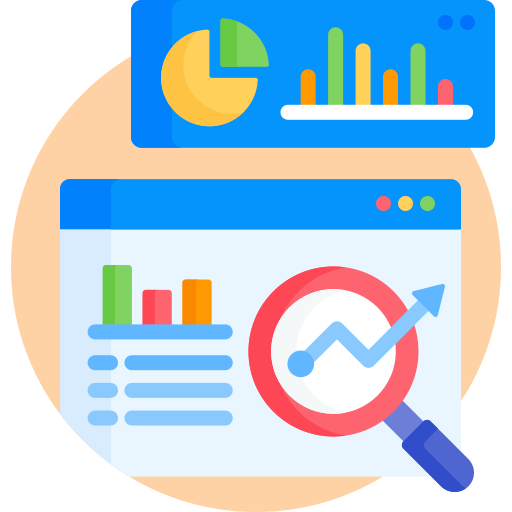
You can implement AI for marketing in these ways:
Use AI tools to recognize common traits shared by top customers. You can prompt AI for an outputto help make your messaging more inclusive and accessible by creating content that reflects different cultural perspectives.
Refine the AI's output by giving it additional prompts. It is helpful to think of these tools as chatbots rather than search engines.
If you have a shot (example), such as an email or ad you like the tone or style of, give it to the AI and add, create this in the style of xyz, to your prompt, or use a similar command.
Optimize your workflow by using AI-powered tools for repetitive tasks like data entry, report generation, and scheduling to free your team to focus on strategy.
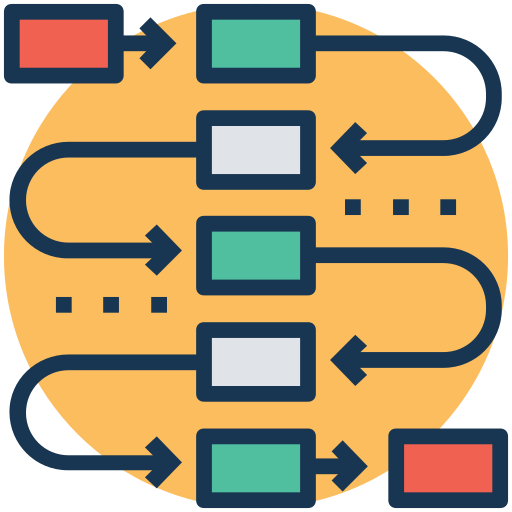
Always remember to check the AI's output for hallucinations! AI sometimes makes mistakes, so make sure to refine your prompt or begin a new one if this happens.
Quiz: Trisha's food blog

Trisha is a food blogger. They're using AI to refine their recipes and make sure that their steps are in plain language and easy to follow. They get an output like this one that tells them that they can thicken the cheese on their pizza by adding edible glue.
Select what Trisha should do in this scenario:
A. They should trust the AI even if it doesn't seem right. It references all of the information on the internet, so it knows what it's talking about.
B. They should recognize this as an obvious hallucination, and correct the output.
C. They should recognize this as an obvious hallucination, and start over.
D. They're wasting time by checking the accuracy of the information. AI is always right.
Quiz
What should Trisha do? Select all that apply:
Supercharge your marketing skills!

Many marketers use AI to complete background tasks. These include things like:

crafting newsletters
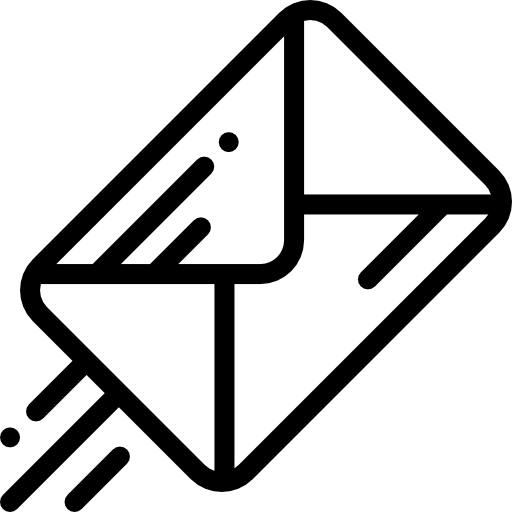
sending emails

optimizing workflows

organizing data

creating charts

scheduling appointments
Using AI to complete background tasks frees you up to focus on the creative parts of your job like marketing strategies.
7 techniques to leverage AI for marketing
According to MarketingHire, you can responsibly use AI to:
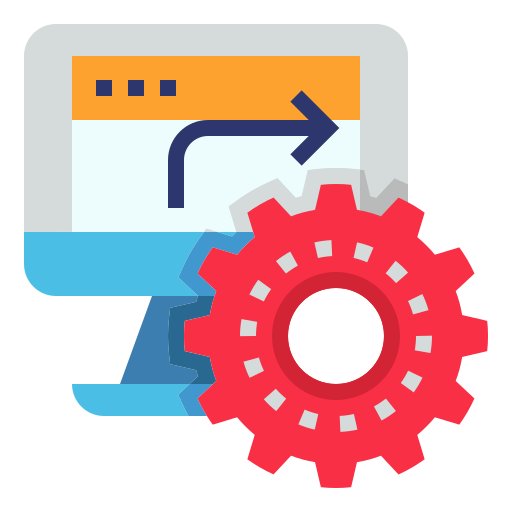
1. Automate background tasks: AI can automate tasks such as analyzing data, grouping similar customers, creating personalized content, and managing social media.
Example: Nutella used AI tools to create 7 million unique labels for jars of Nutella. No two special edition jars were the same. Every jar sold!
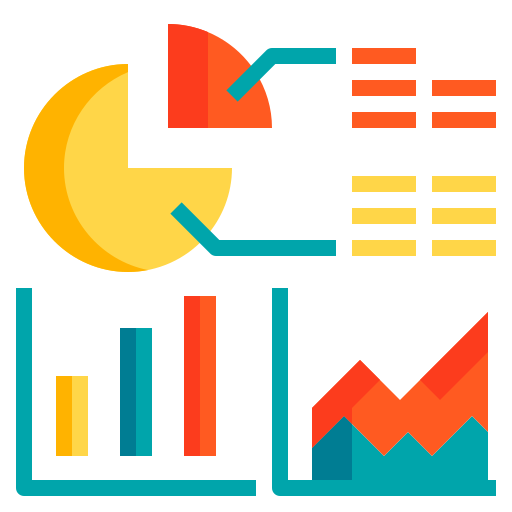
2. Make data-driven decisions: AI can analyze large amounts of data in seconds, and it can use that data to provide useful insights.
Example: Nike uses AI tools to analyzefeedback and survey social media posts to gauge public sentiment about their brand.
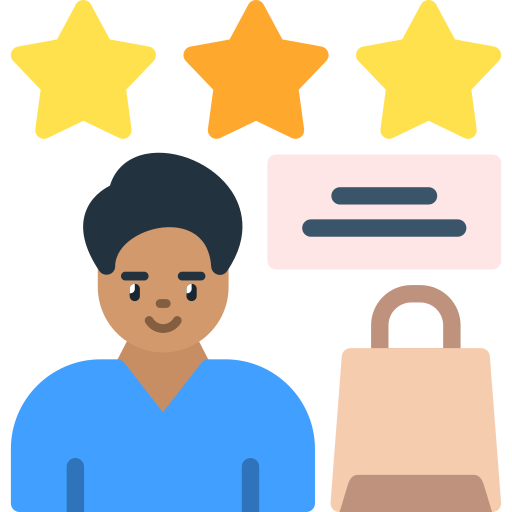
3. Personalize your customer's experience: AI can use algorithms to create personalized experiences for potential customers, which has been shown to increase engagement.
Example: Starbucks offers individualized product recommendations and promotions to users because their AI tools analyze customer data like location, purchase history, etc.
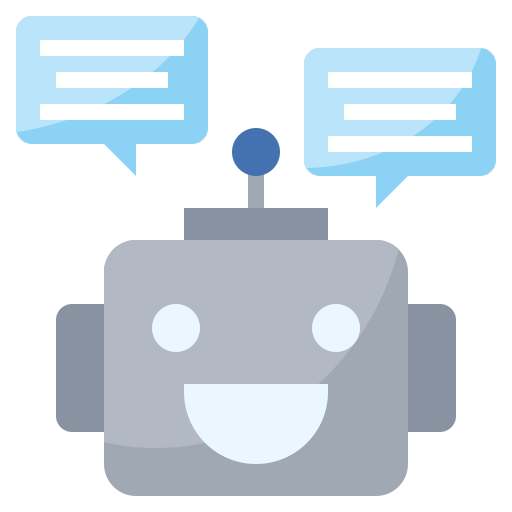
4. Interact with customers through chatbots: AI-powered chatbots can be virtual assistants that respond to customers and analyze their preferences in real time.
Example: Uber uses AI chatbots to offer real-time assistance and answer questions, leading to improved customer satisfaction and loyalty.
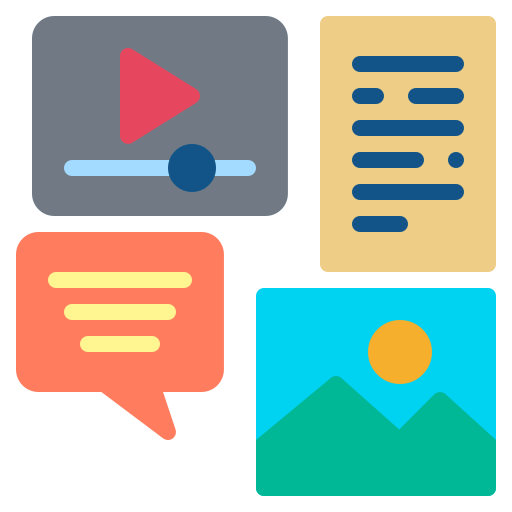
5. Create and optimize content: AI tools can create and optimize website content for search engines (SEO).
Example: AI-driven SEO tools help professionals create optimized content that improves your ad's chances of being seen in a Google search.
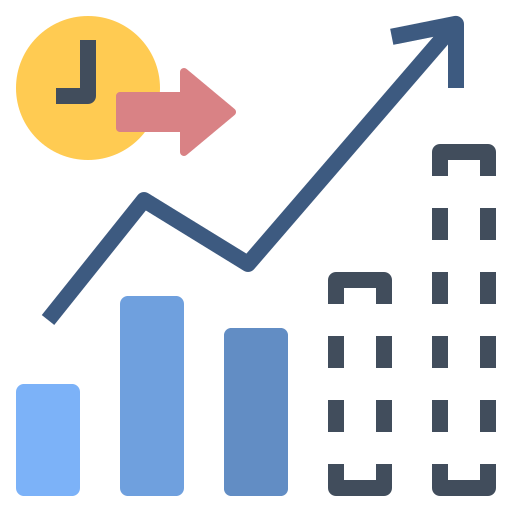
6. Forecast results: AI-driven predictive analytics can help marketers anticipate trends to increase their ad campaigns' effectiveness.
Example: Netflix's machine learning algorithms analyze viewing patterns to send recommendations.

7. Program advertising: AI can analyze customer behavior to buy and place digital ads where they will be most effective.
Example: When a runner frequently searches for the latest running shoes, AI identifies them as potential customers of sports brands and sends them targeted ads.
Quiz: Who should use AI for marketing?
Select who would be an ideal candidate to use AI for marketing:

Gabi is in charge of sending out a quarterly internal newsletter to all employees sharing successes and highlights from the month. She spends about 2 weeks collecting stories, taking pictures, and formatting the newsletter each quarter.

Schulyer has an amazing new product and he is trying to build his brand awareness. Much of his day-to-day is spent answering customer questions on his website. He often spends his whole morning responding to clients before he knows it.

Chace is seeking potential customers for a new software product. He spends a lot of time connecting with potential customers and scheduling meetings to spread awareness. He sometimes feels he spends more time scheduling his day than actually meeting with potential clients.

Jenny has an upcoming presentation with her bosses to showcase her team's quarterly sales report and projections for the next quarter. She works at a Fortune 500 company and has tens of thousands of data points to sift through.
Quiz
Who is an ideal candidate to use AI? Select all that apply:
Automate tasks in 4 easy steps
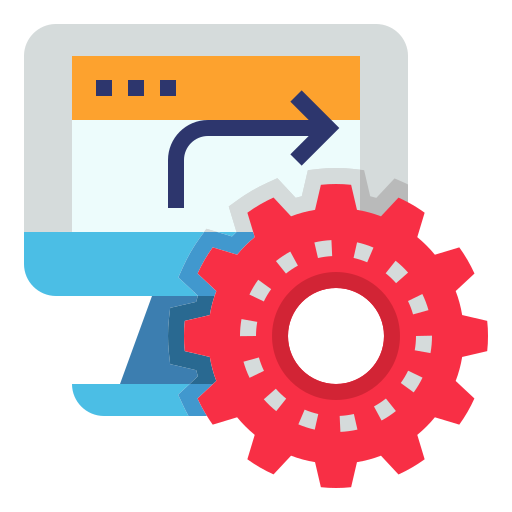
1. Identify a task to be automated.
Think of time-consuming, repetitive, or tricky tasks that could be automated. Choose tasks that would free up the most amount of time.
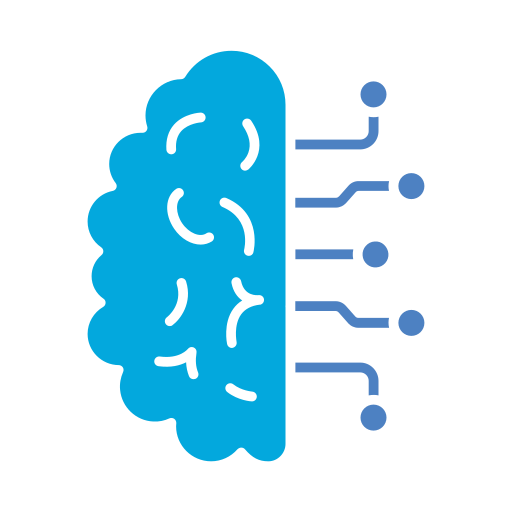
2. Choose the tool for the job.
Research tools that can complete the task. Think about if you want to spend money or use a free program. See a list of tools at the end of this Byte to get started.
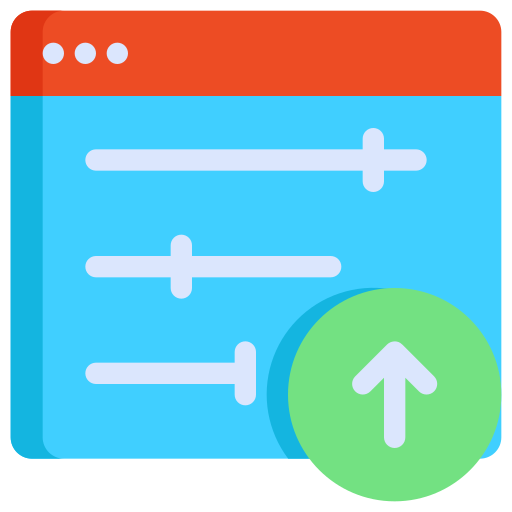
3. Set up the tool.
Prompt, and revise your prompt, until you have a desirable output. Remember to include 1-2 shots if you can to get the best results.

4. Constantly observe and revise.
Do NOT set up your automated tasks and forget about them. Conduct periodic audits to make sure they are functioning appropriately and safely.
7 AI tools to grow your marketing skills
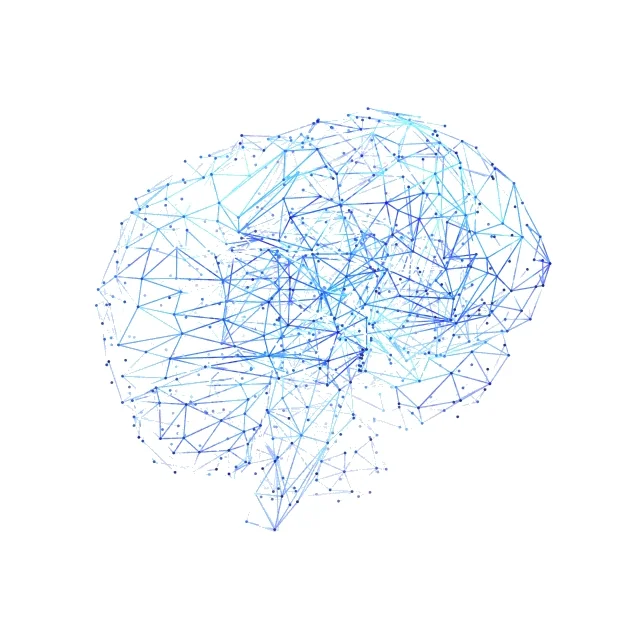
ChatGPT Good for: creating targeted content
Midjourney Good for: creating images from text
Synthesia Good for: creating video from text
Zapier Good for: making social media posts and sending emails
ClickUp Good for: optimizing tasks, automating workflows, and suggesting deadlines
Bardeen.ai Good for: maintaining spreadsheets, sending emails, and making presentations
Axiom.ai Good for: entering data and filling forms
Quiz: Jenny's presentation

Remember Jenny? She has to present a quarterly sales report to her bosses and has to analyze thousands of data points.
Quiz
What tool should Jenny use to start her AI journey?
Take Action
 Photo by pmv chamara on Unsplash
Photo by pmv chamara on UnsplashAre you interested in using AI for marketing in your next campaign? Or to simplify your background tasks? Follow these next steps:
Your feedback matters to us.
This Byte helped me better understand the topic.
